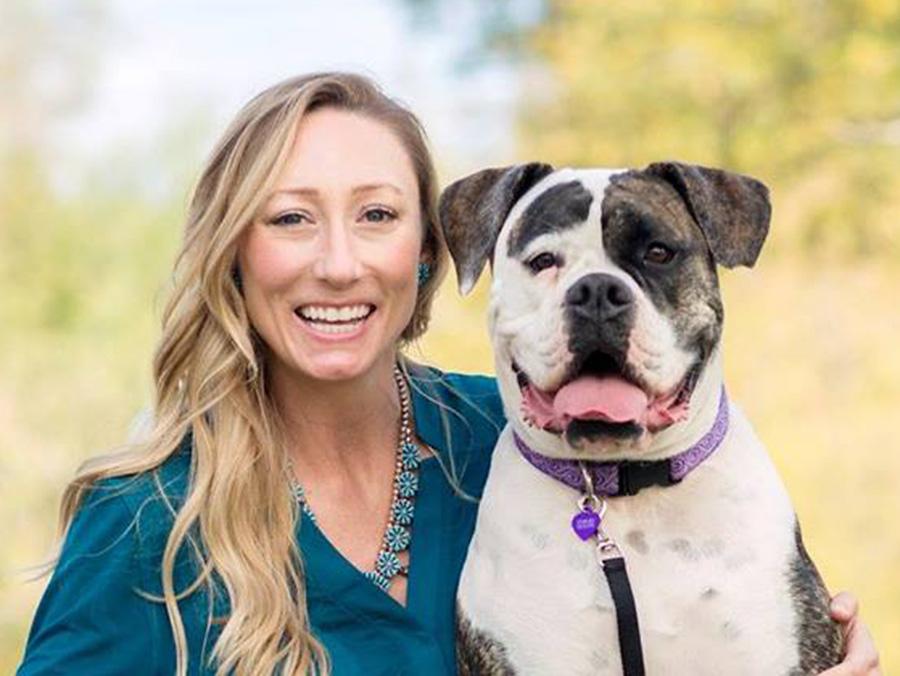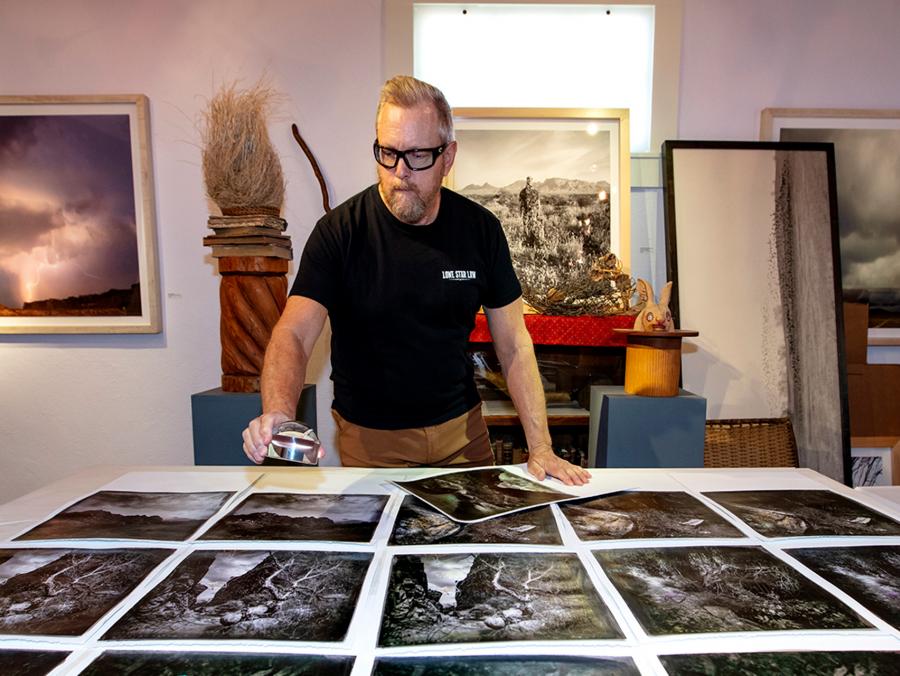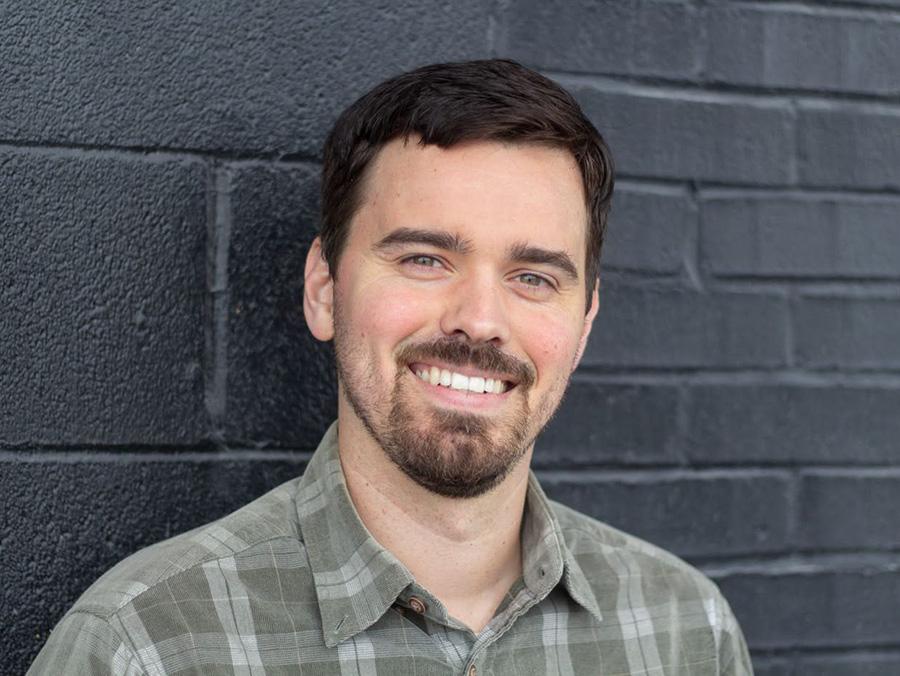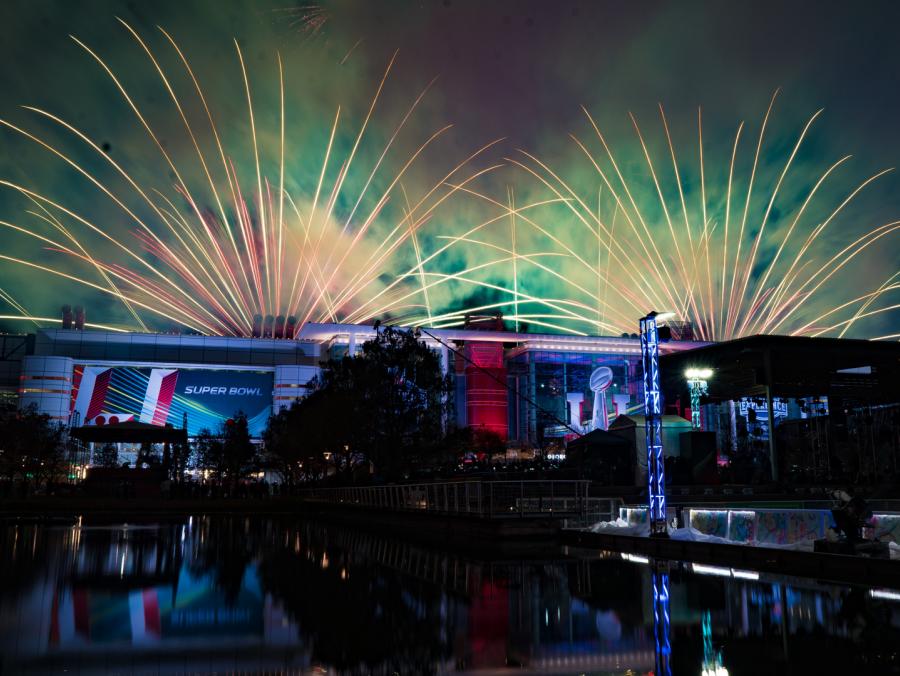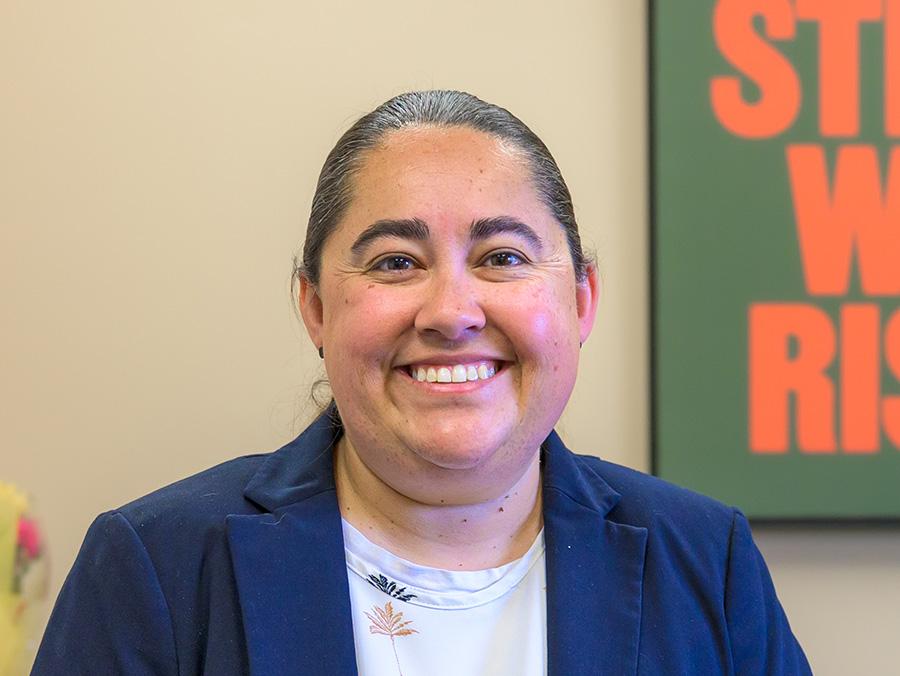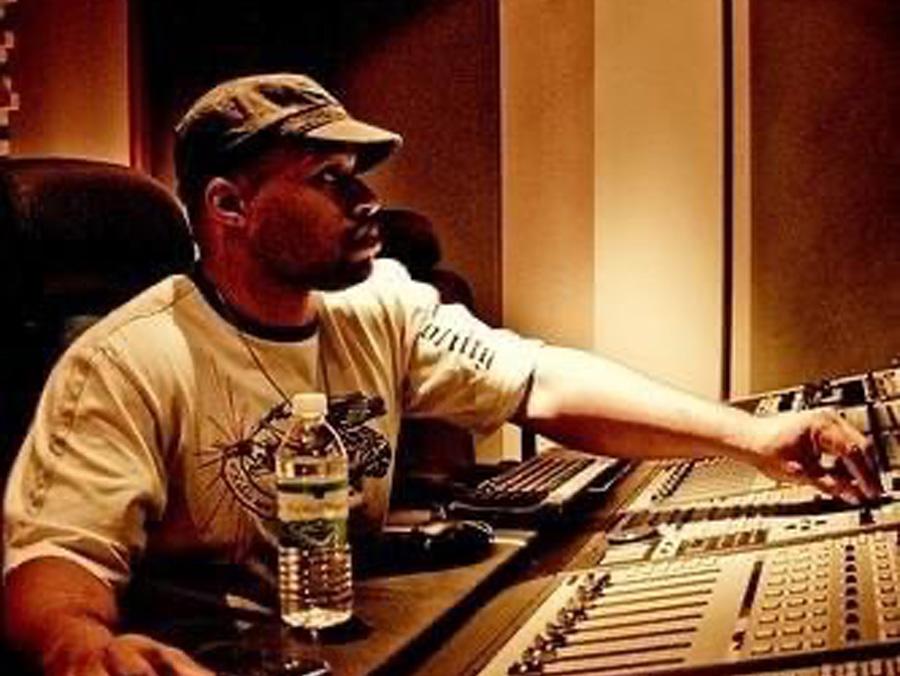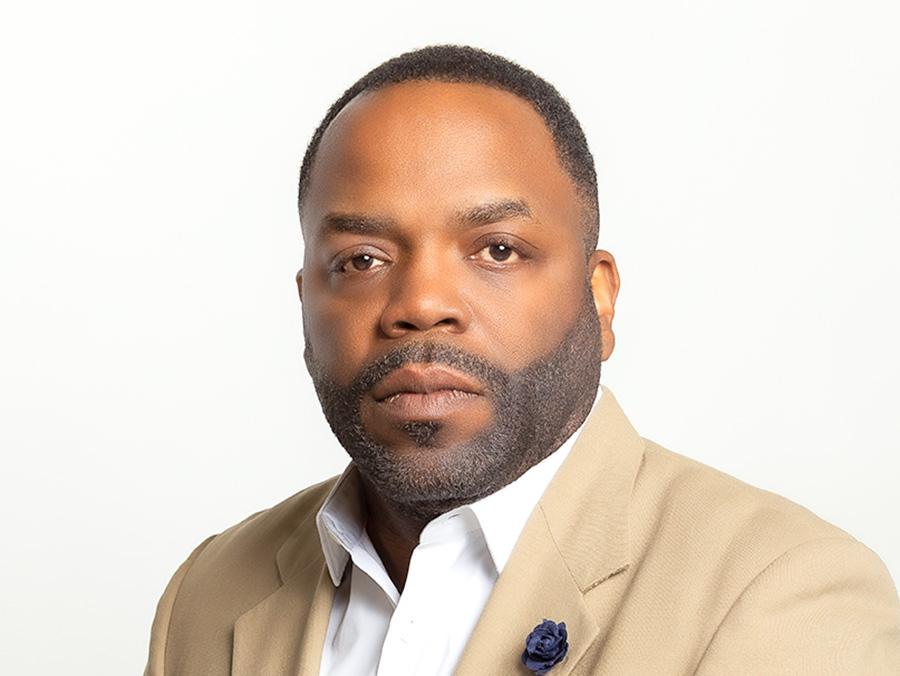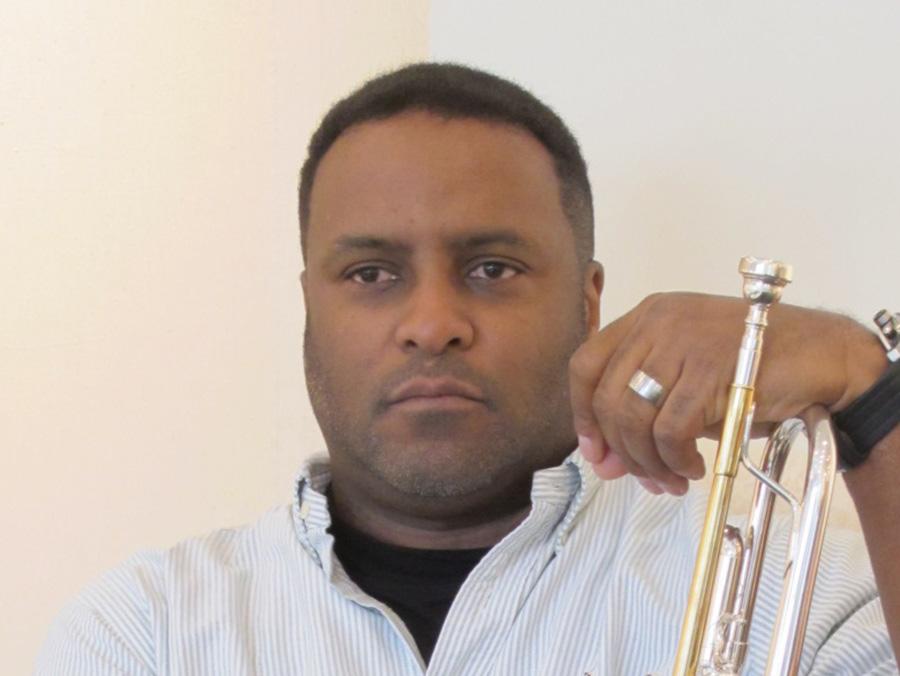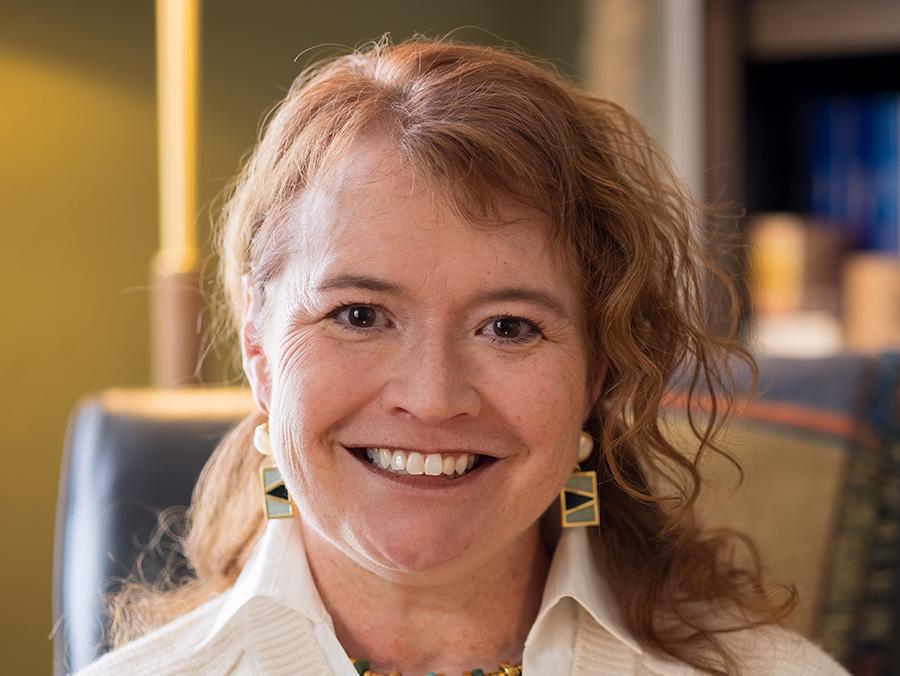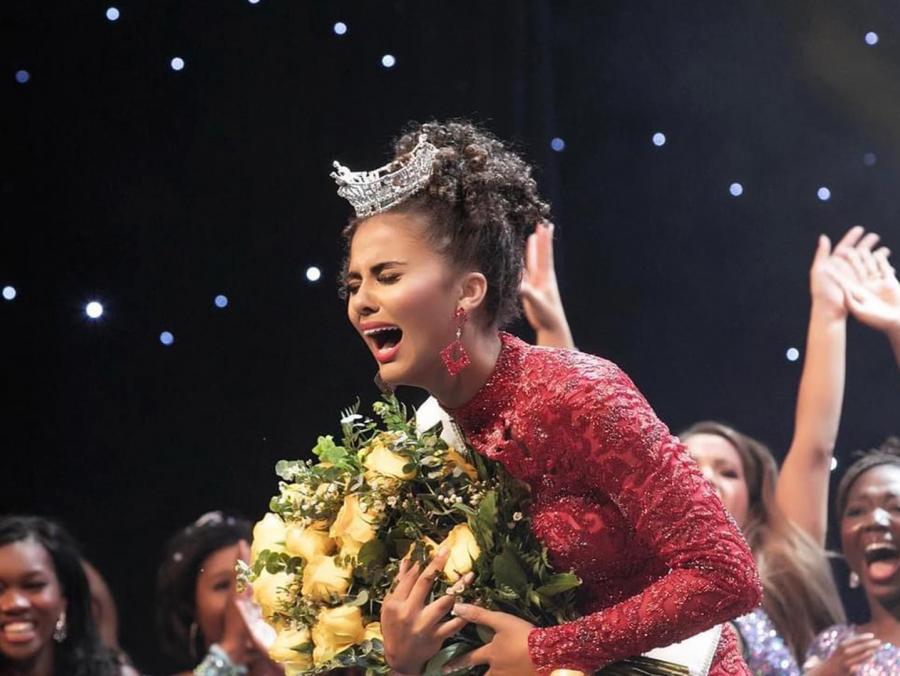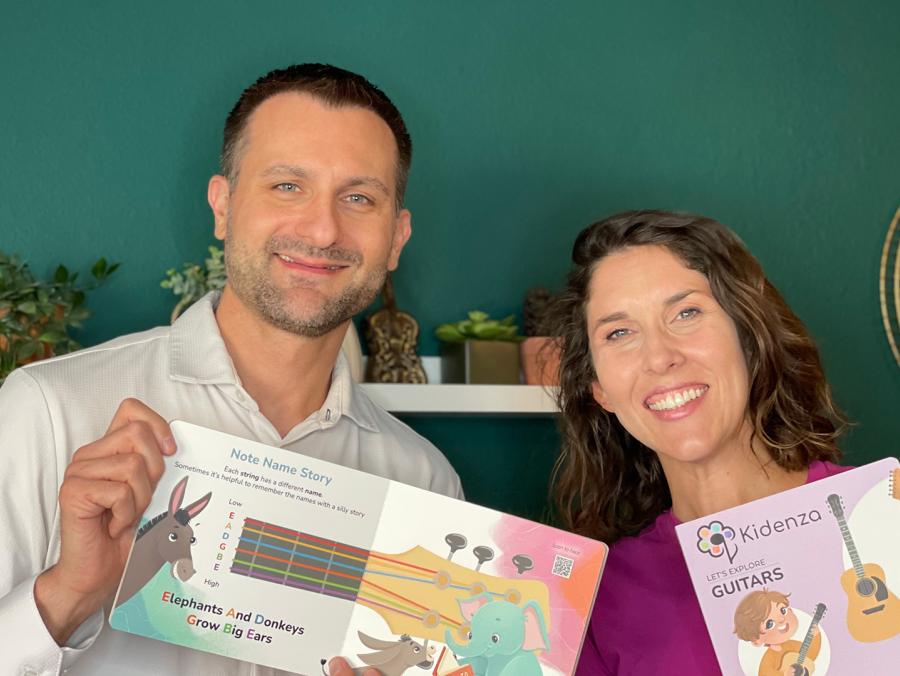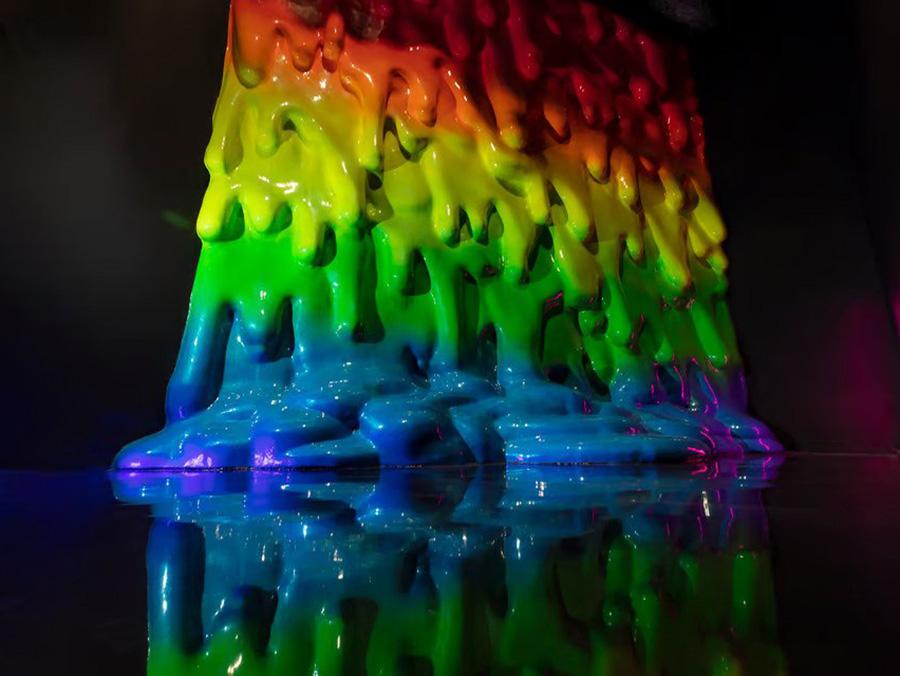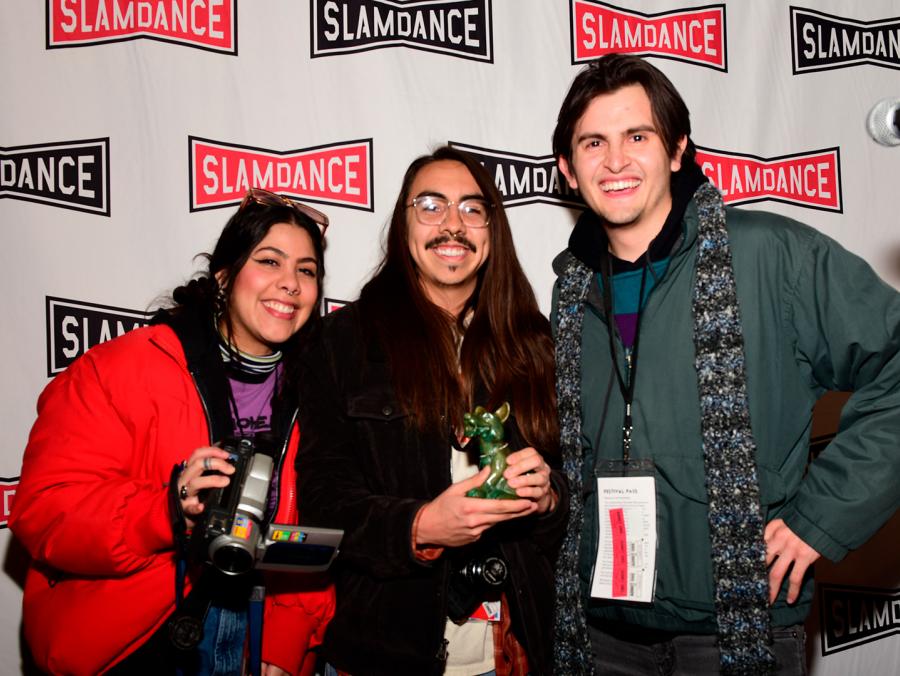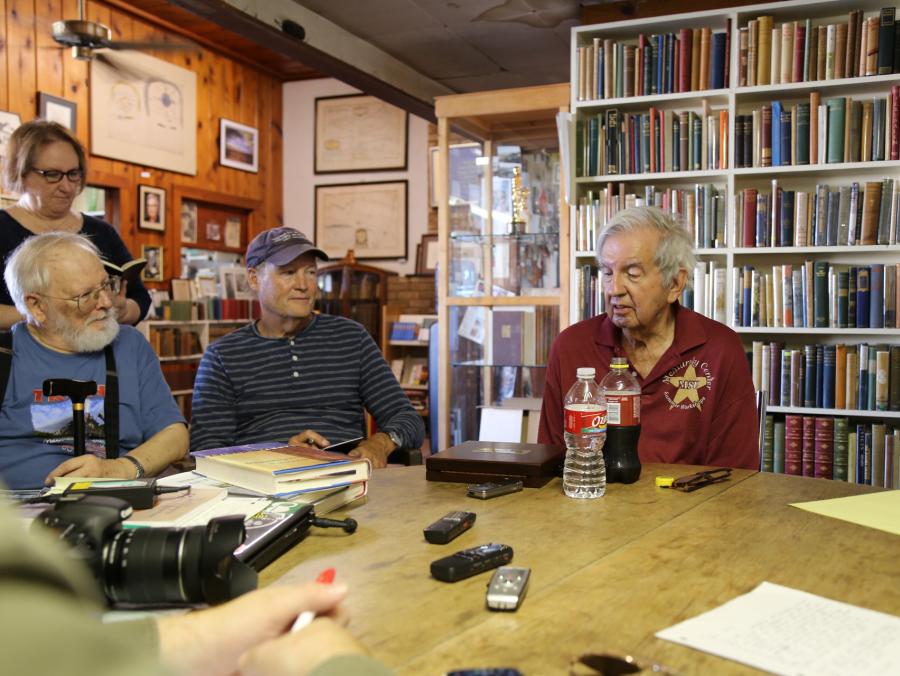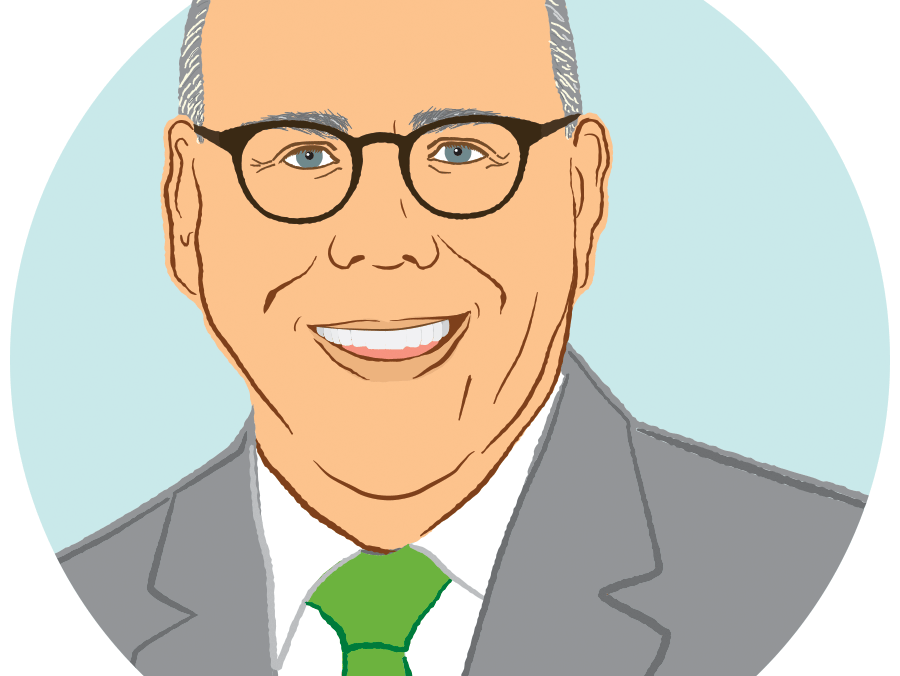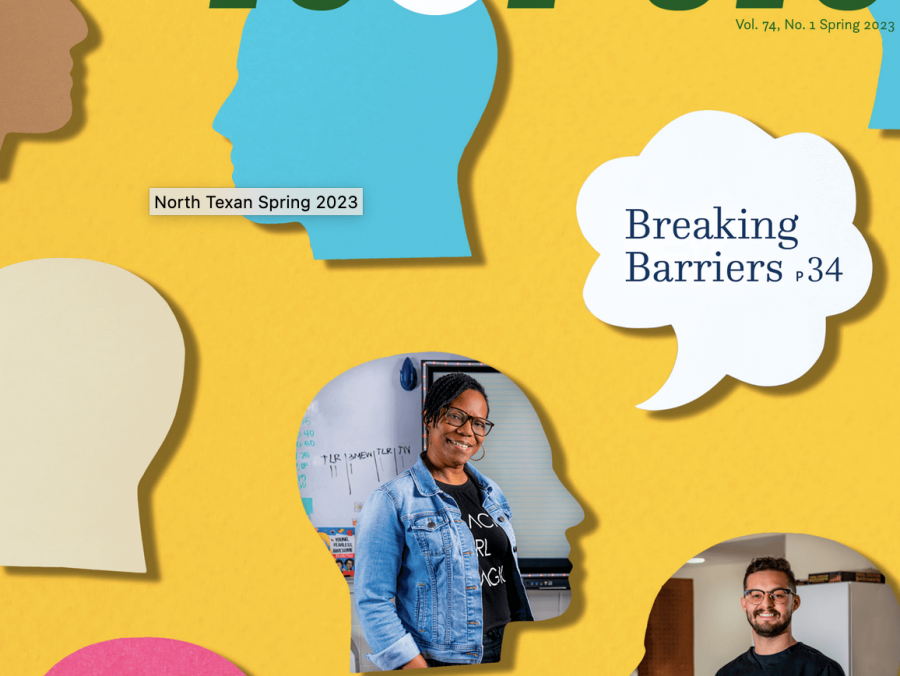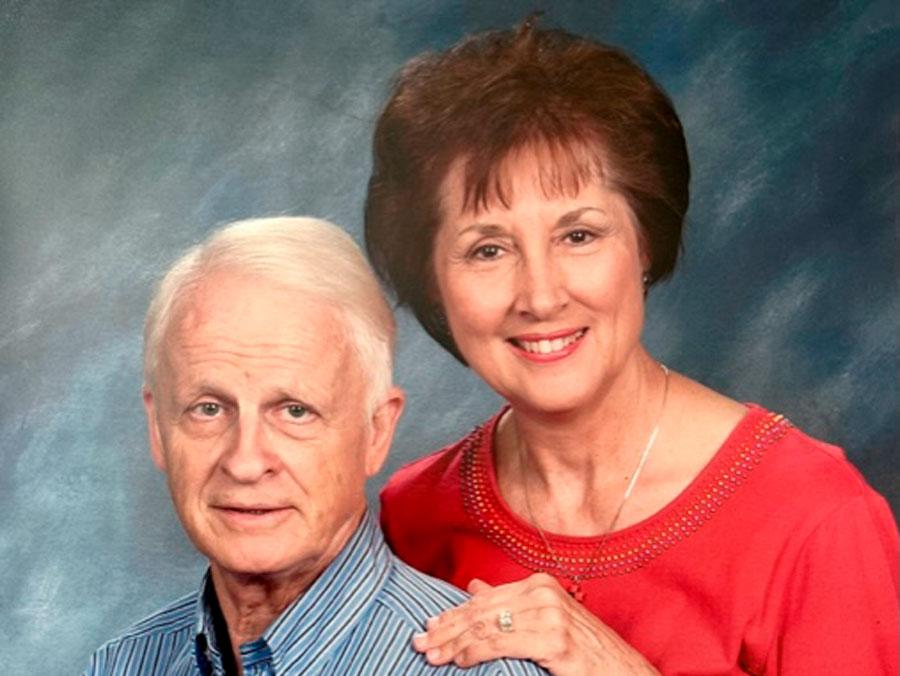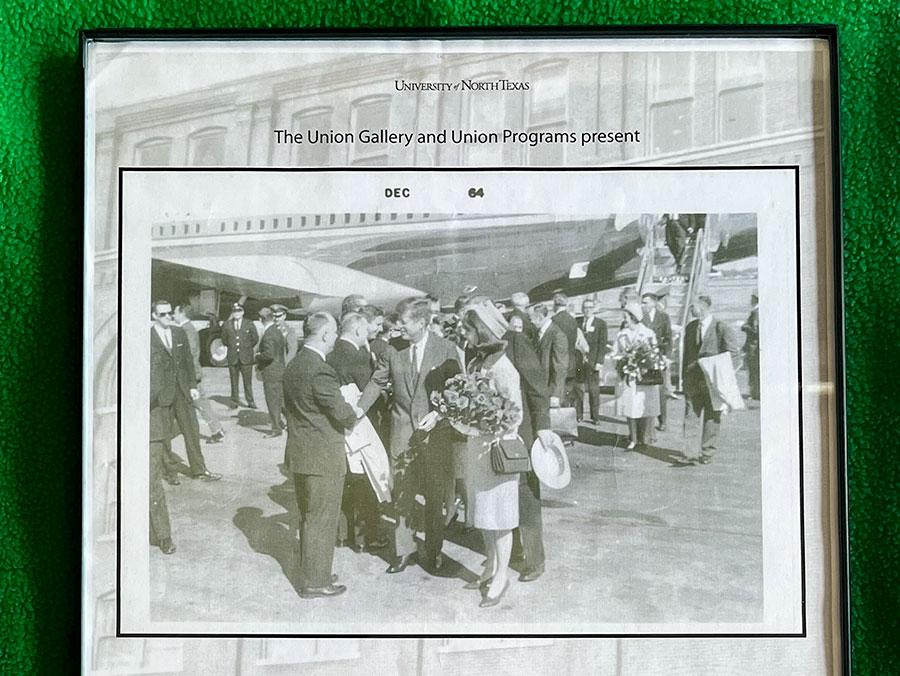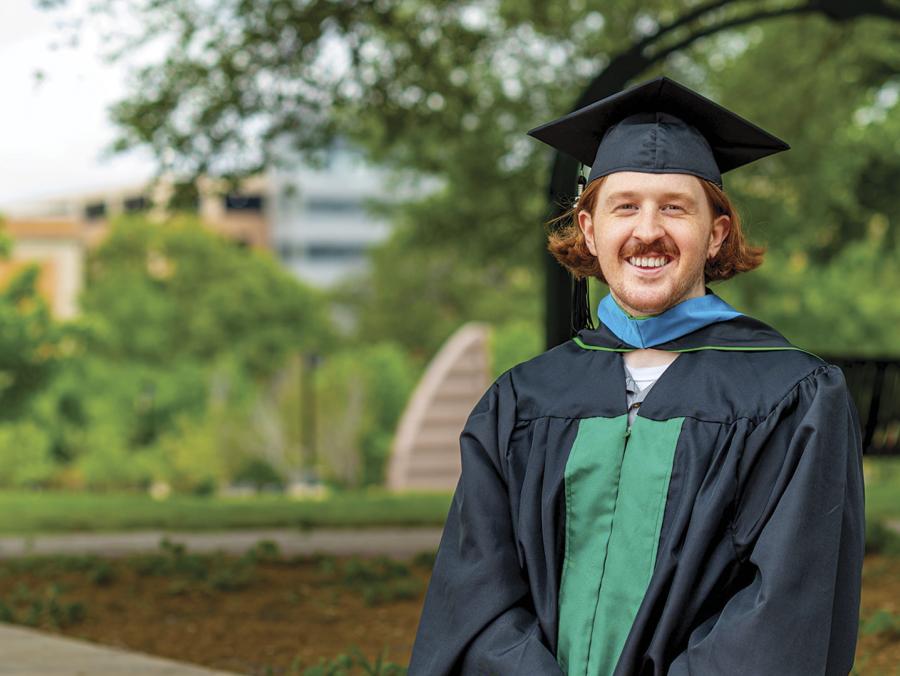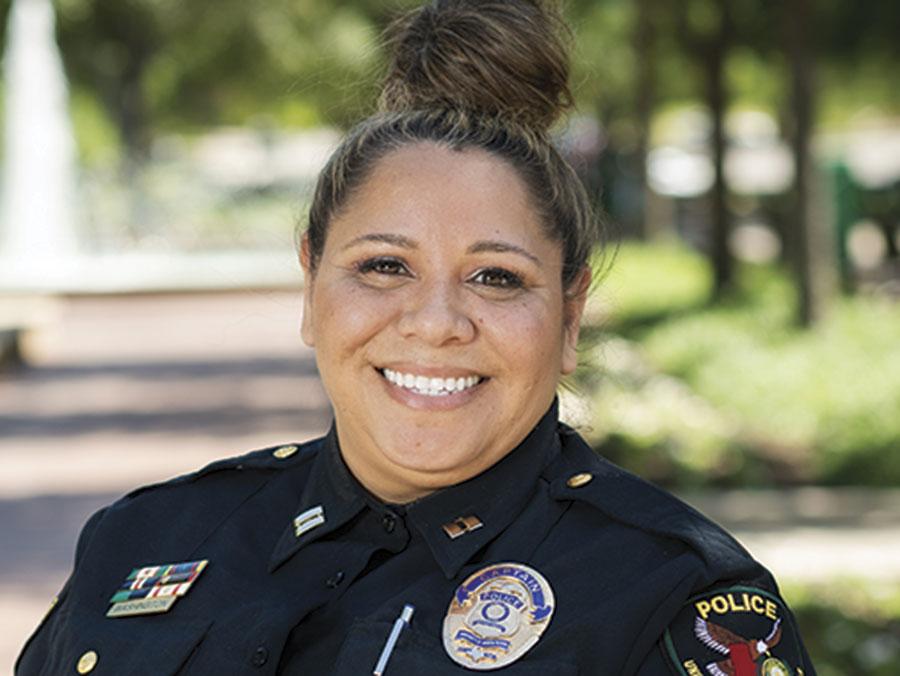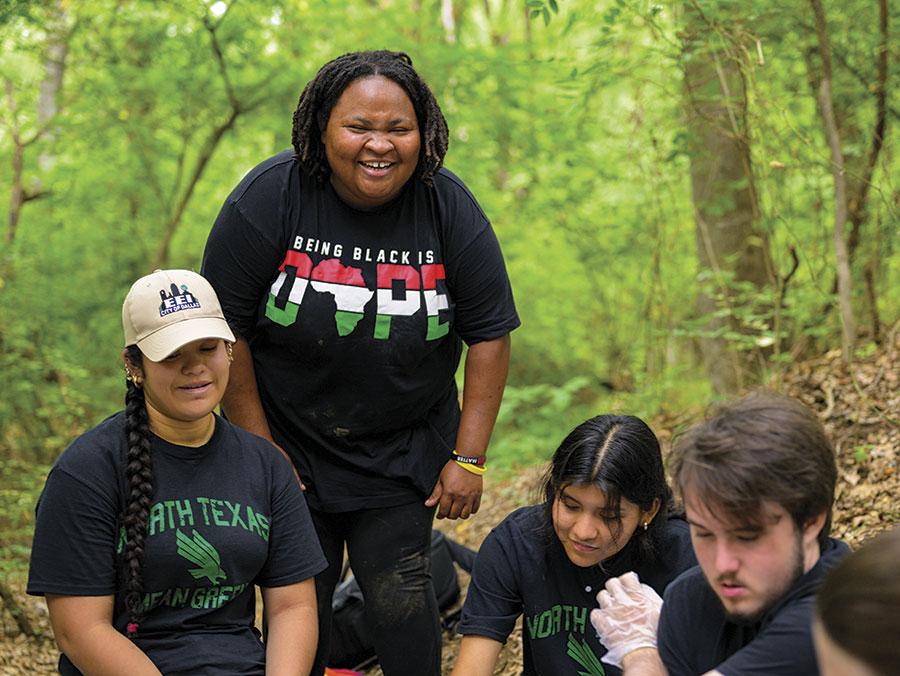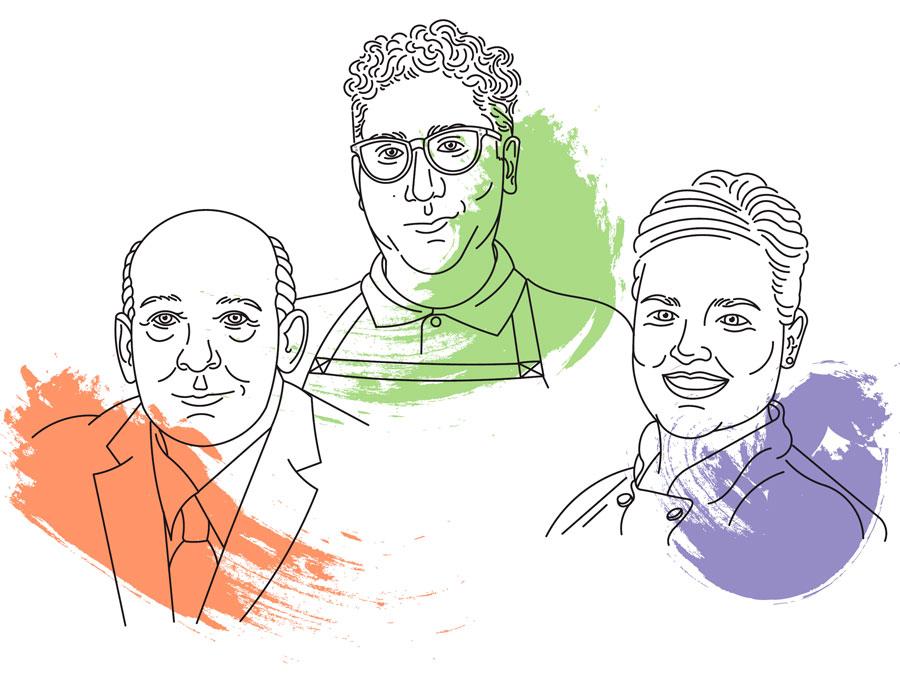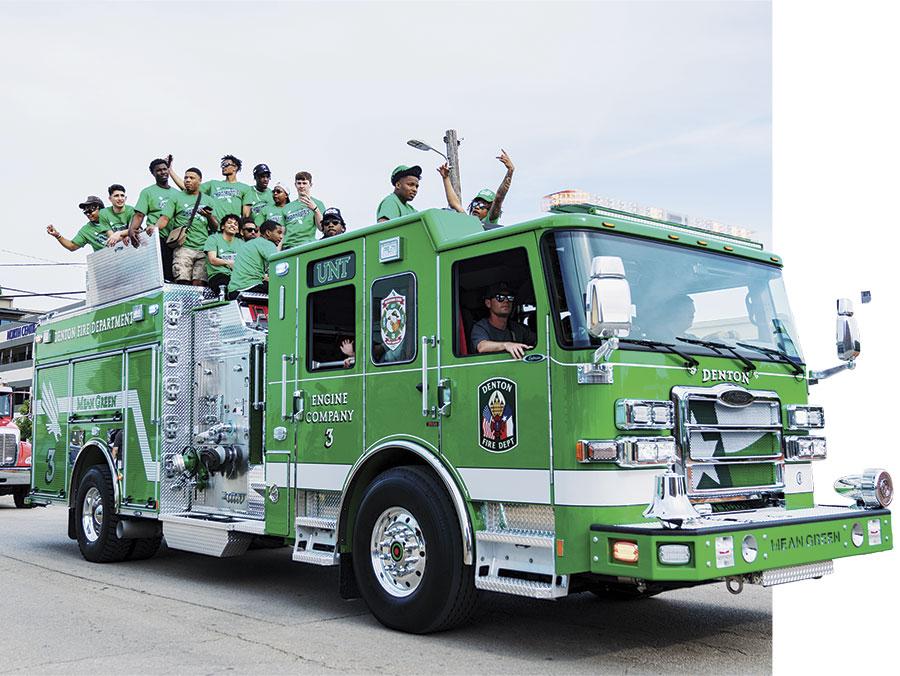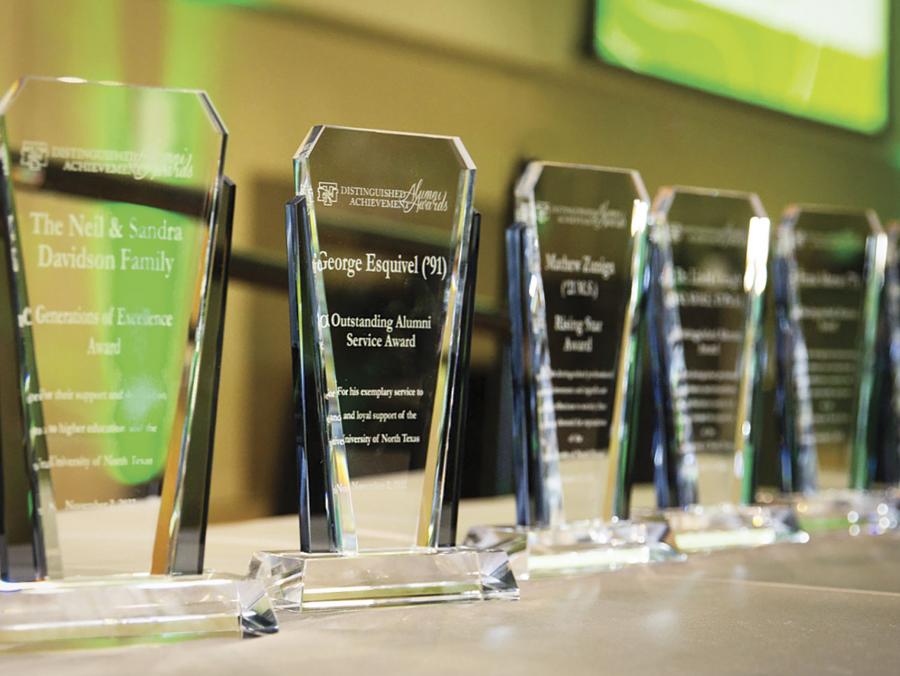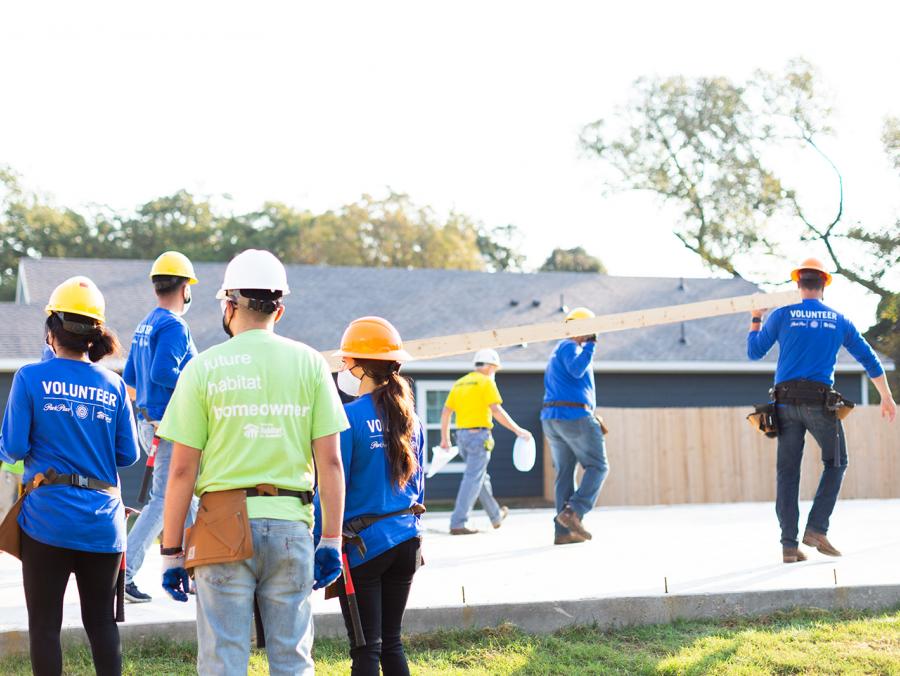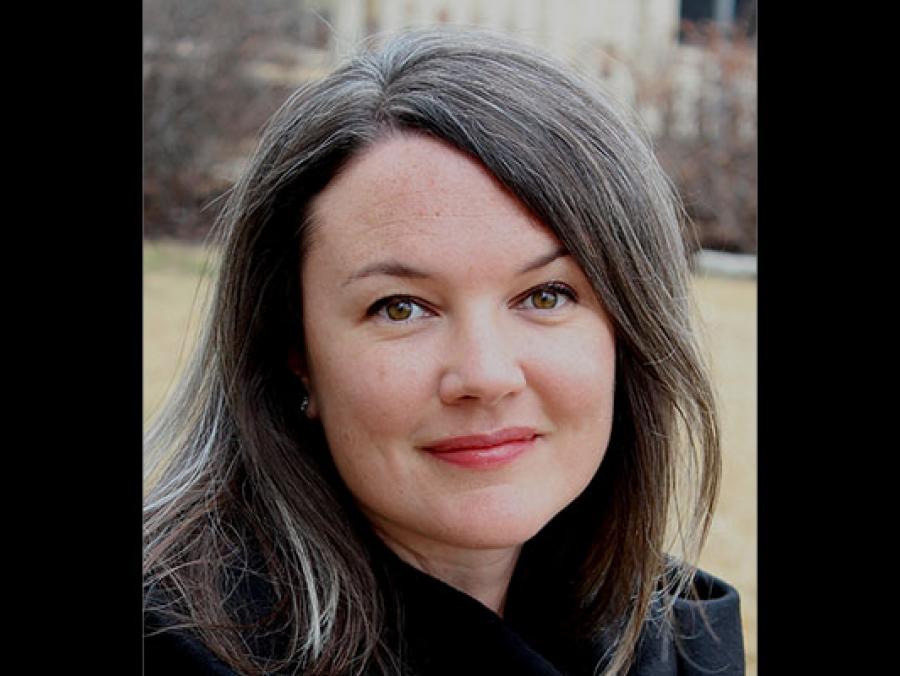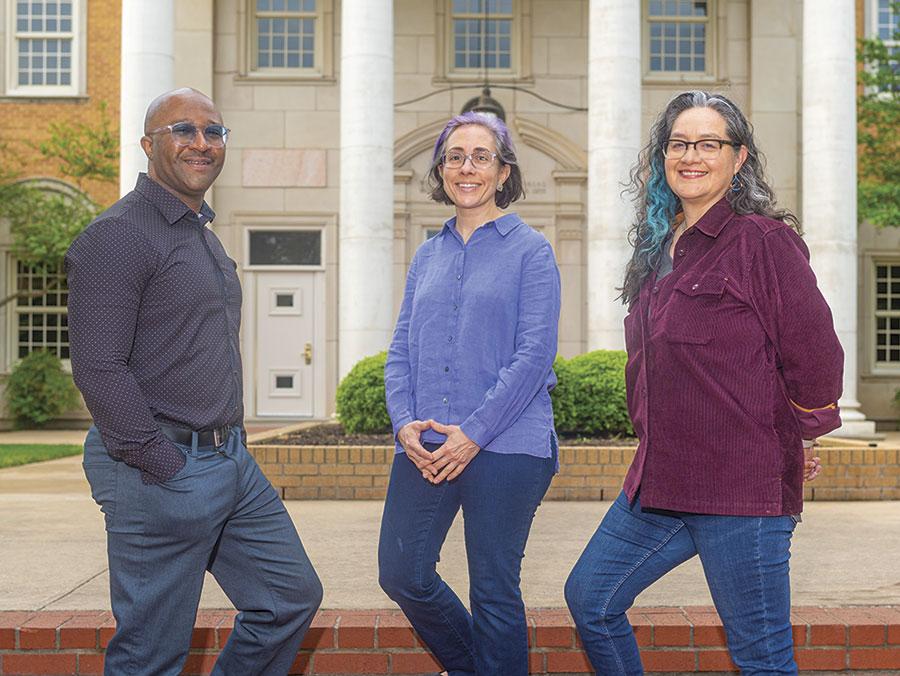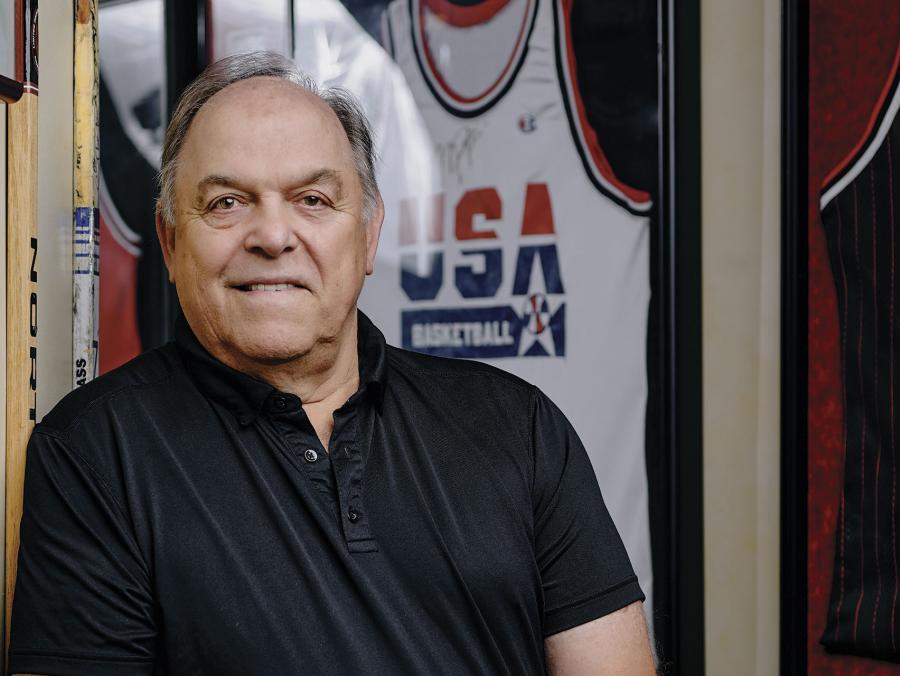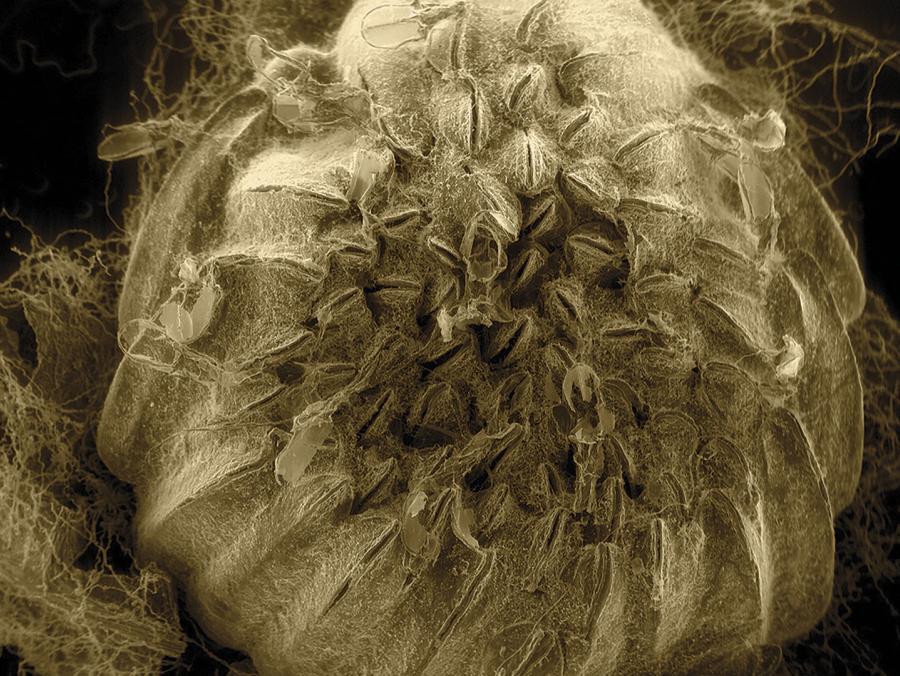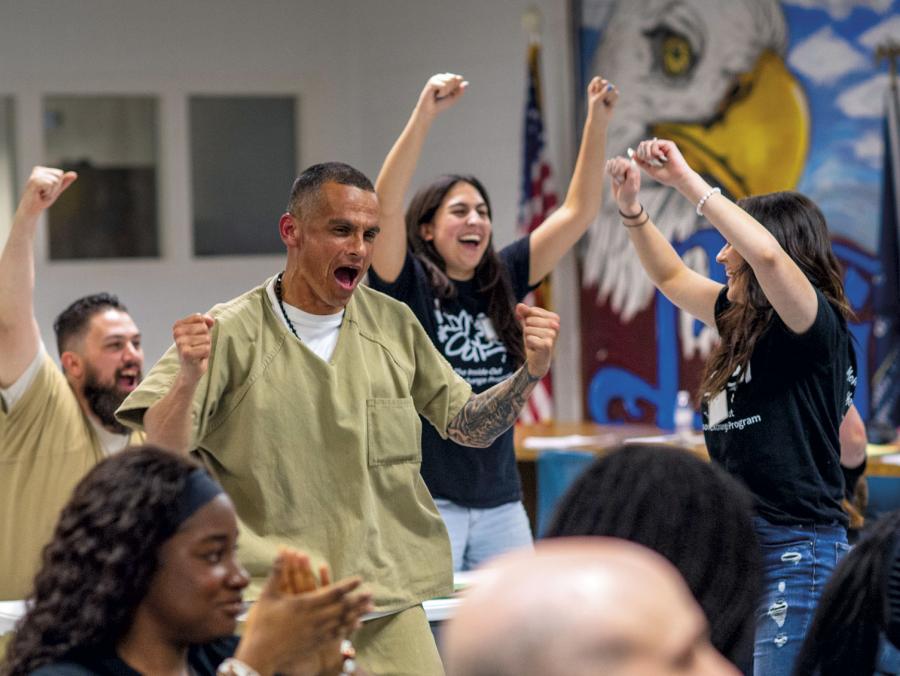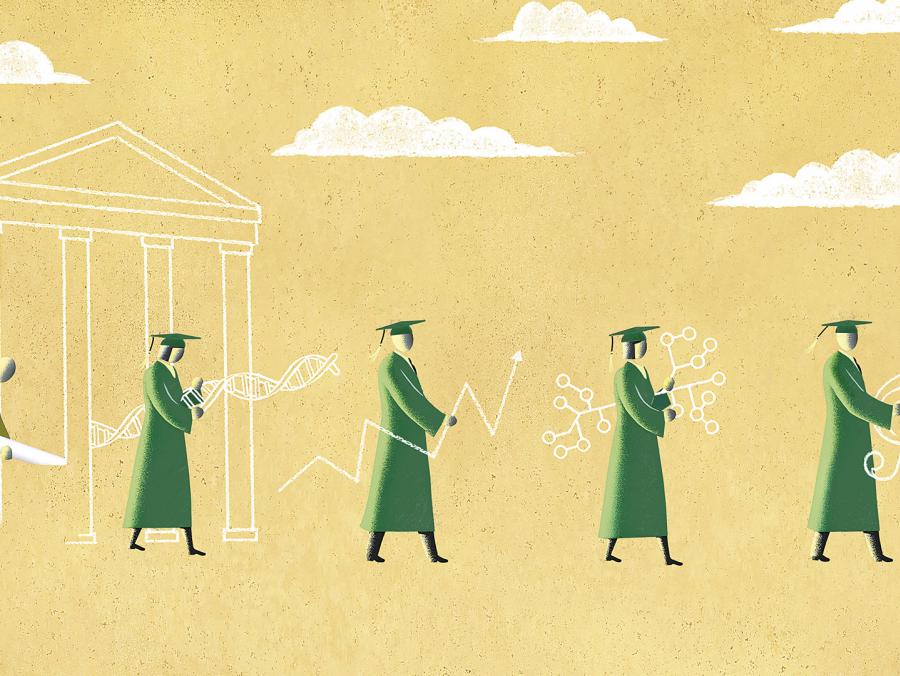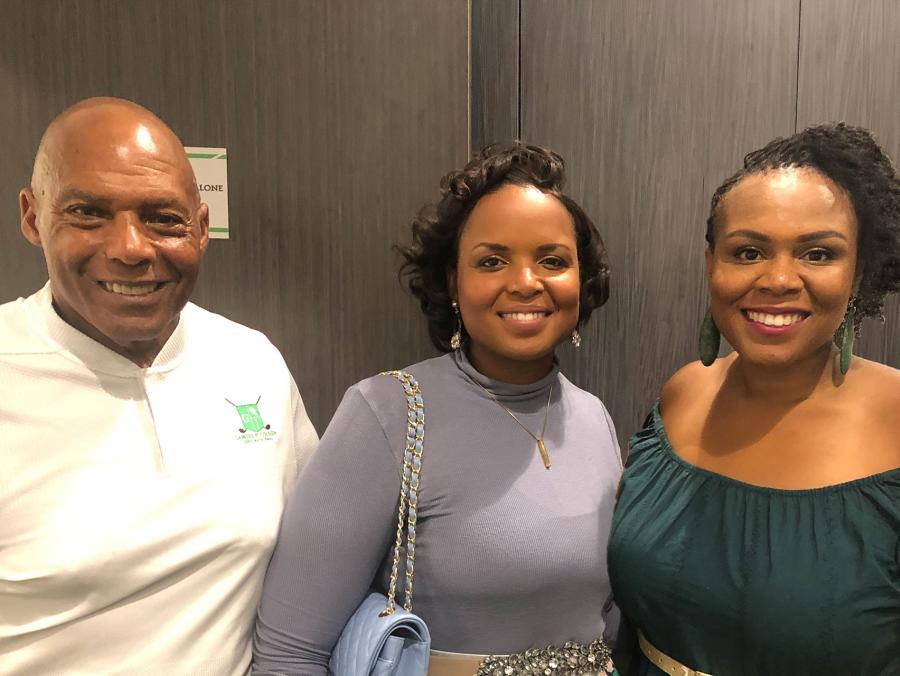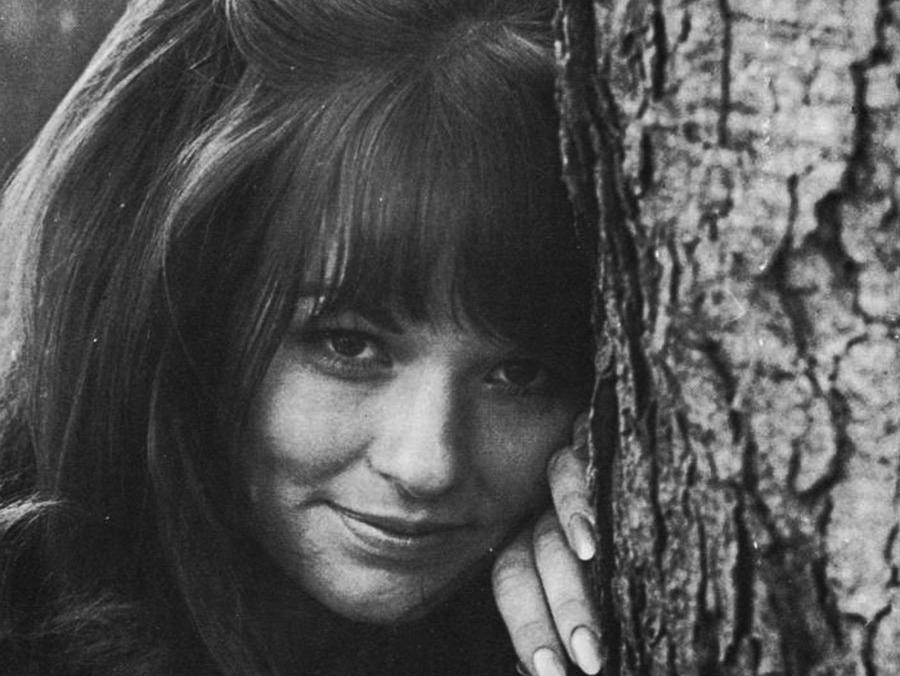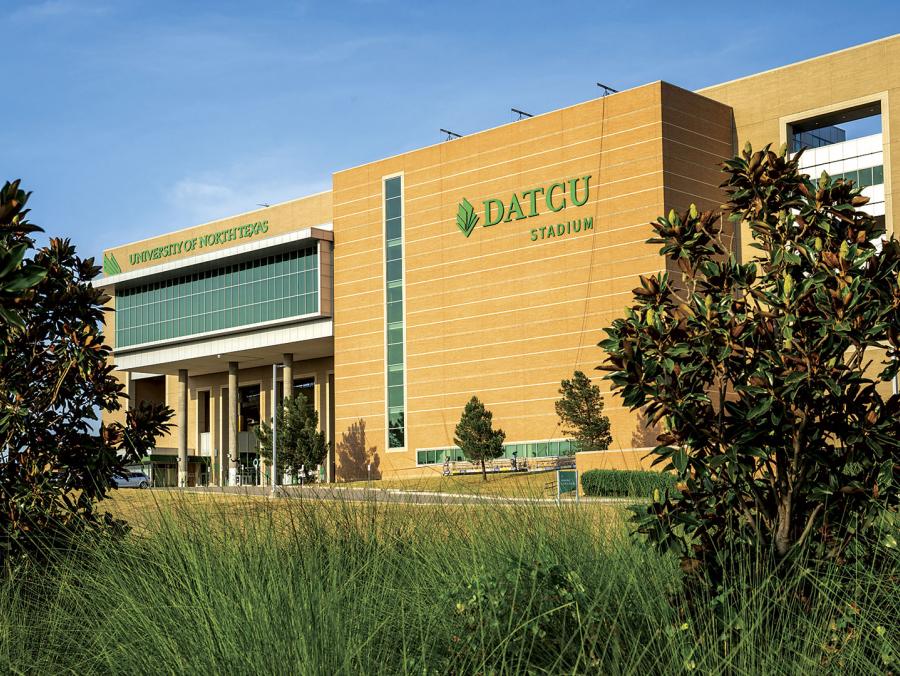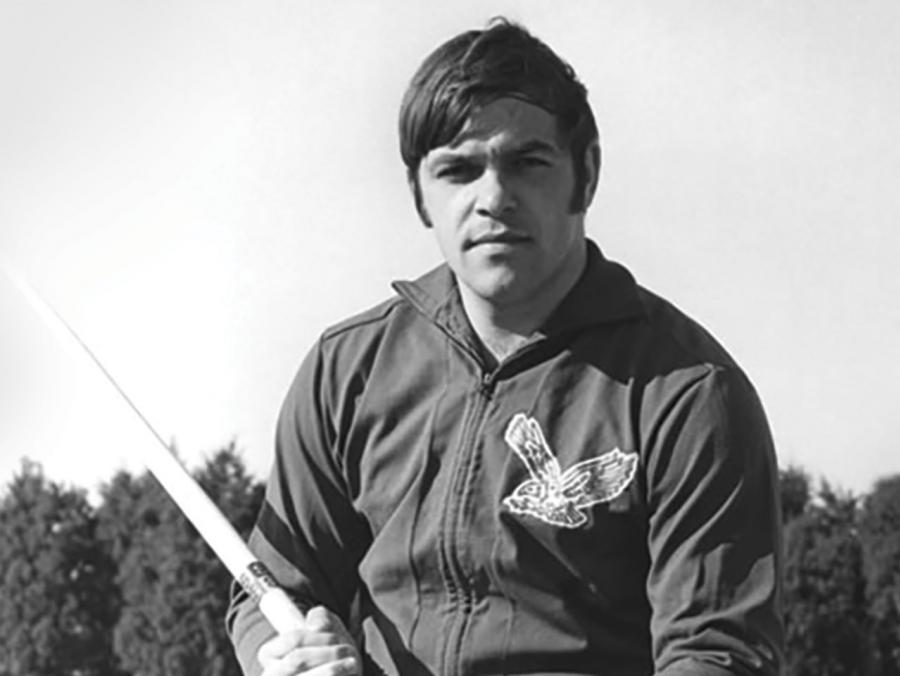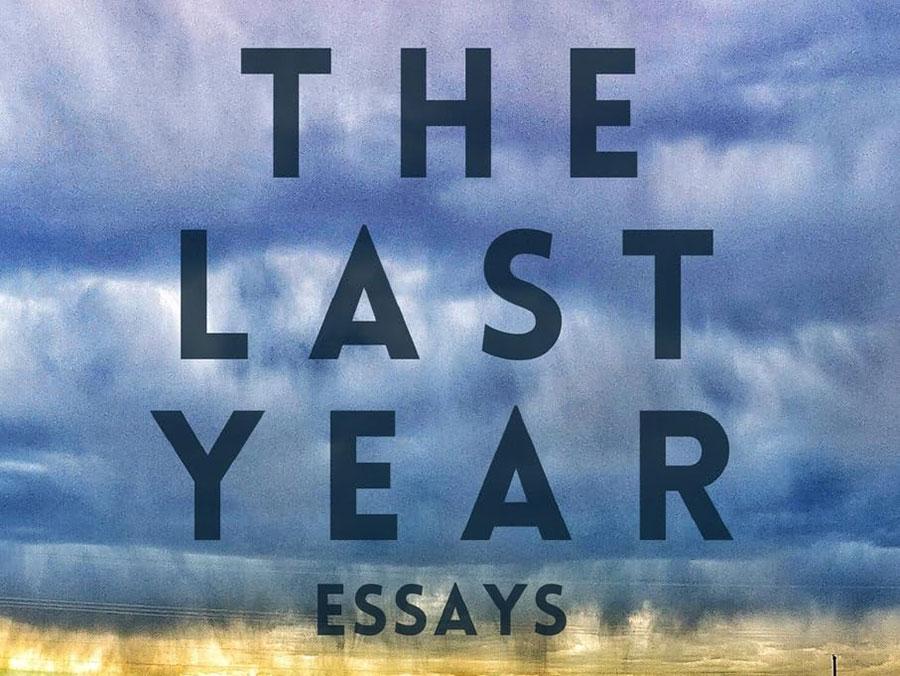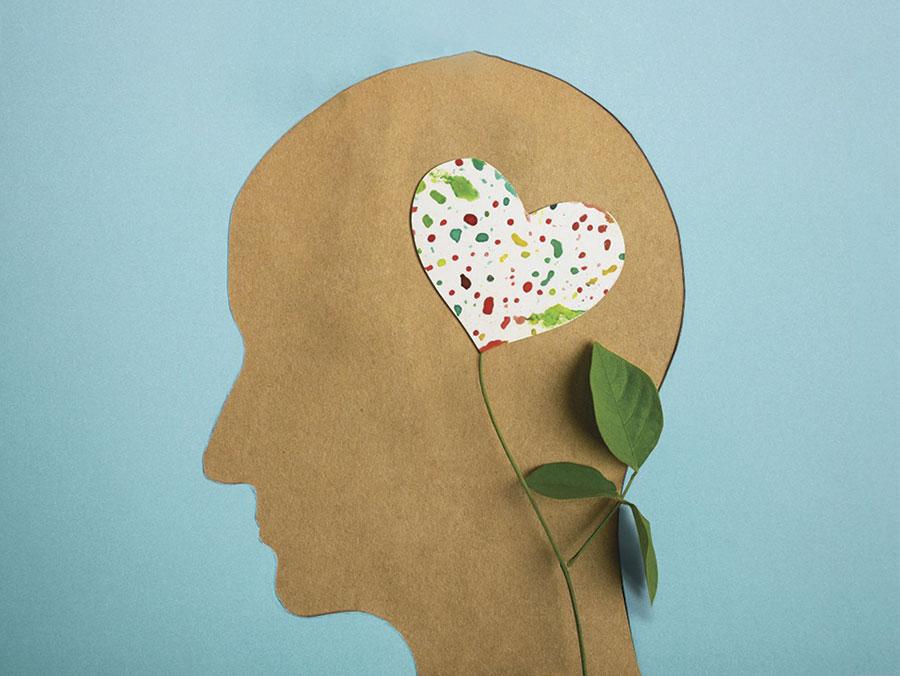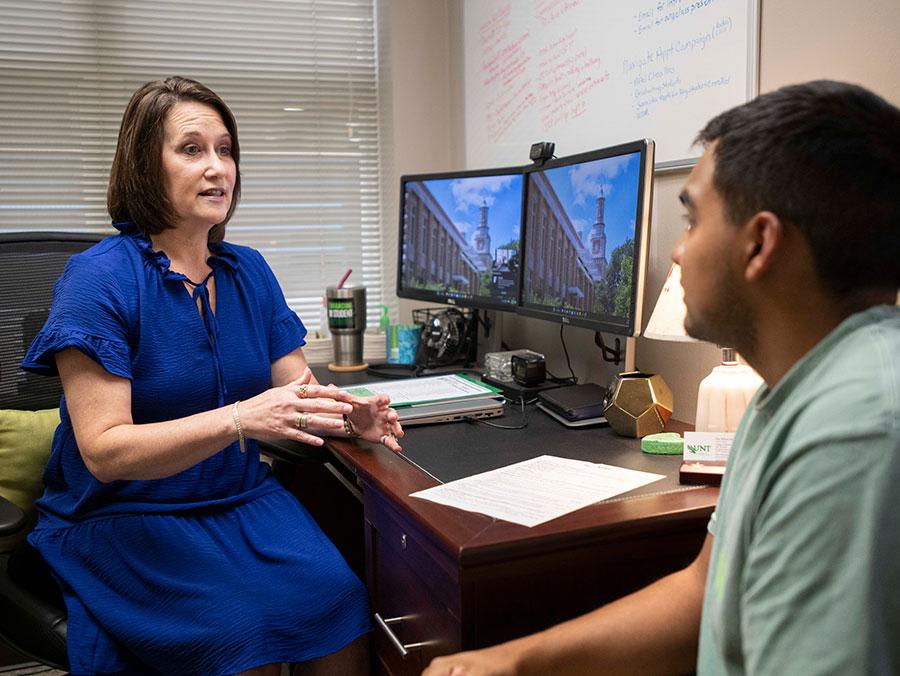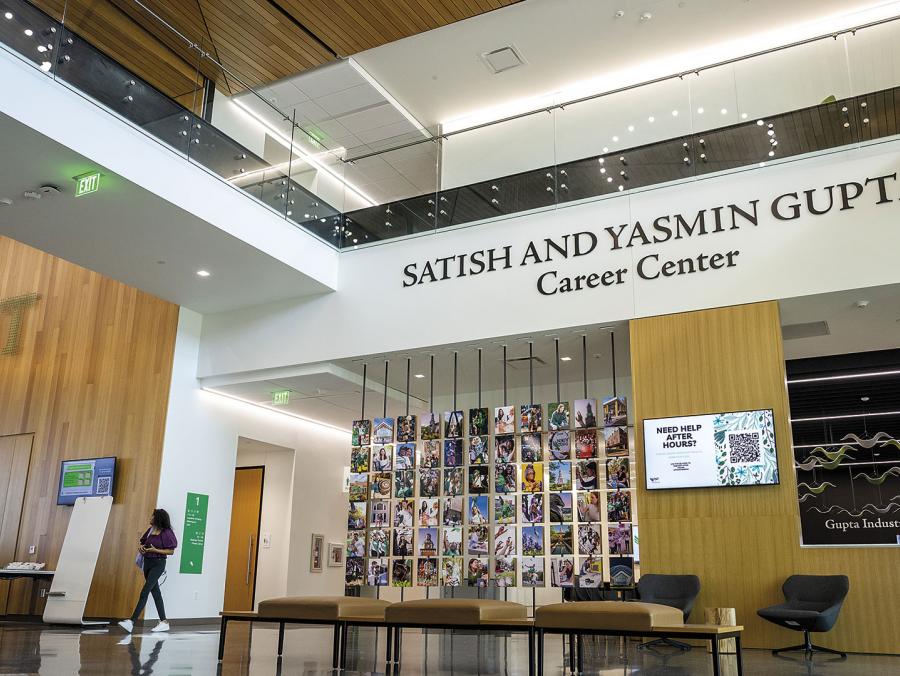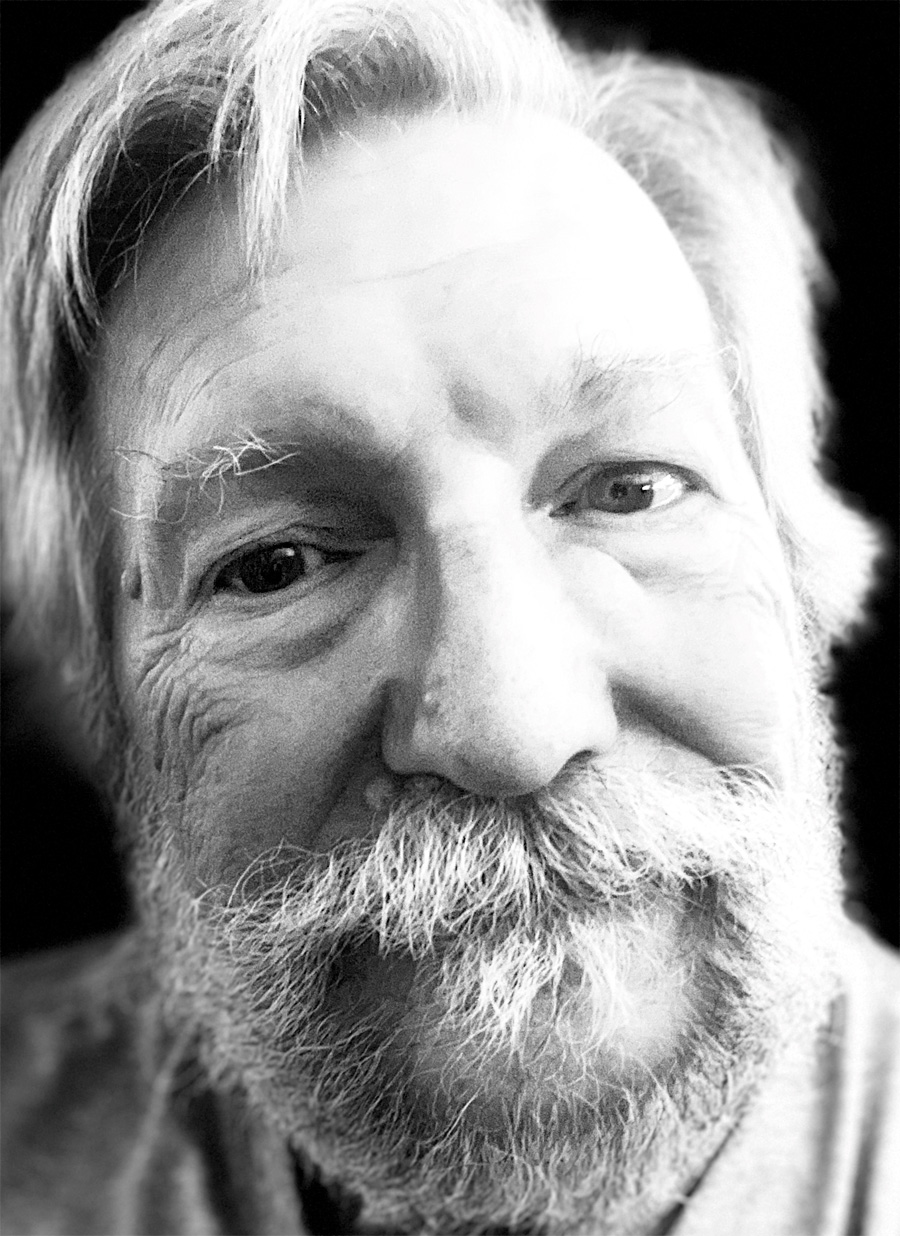
Steve Brooks was surrounded by a lifetime of work.
It was on two floors of the UNT CoLab, the university's boutique and event venue near Denton's downtown square. There were posters and sketches from his work with Willie Nelson and other artists. A line of T-shirts he made for Nelson took up one wall. There was even a quilt of T-shirts.
"Oh gosh, it's so astounding," he says of seeing his work, which was on display this spring as part of the CoLab's tribute to Nelson's 90th birthday.
He's drawn posters for musicians -- including Eric Clapton, The Eagles, Alice Cooper, Pink Floyd, Leon Russell and Elton John -- since the 1970s, with his most famous work created for Nelson. Brooks, who attended North Texas from 1969 to 1971, donated his archives to the UNT Libraries' Special Collections in 2019.
"It's what I always wanted to do -- just draw and doodle and get paid for it," he says.
He's been creating art since he was a kid, when he would draw sports figures or combat scenes and other illustrations he saw from Mad magazine.
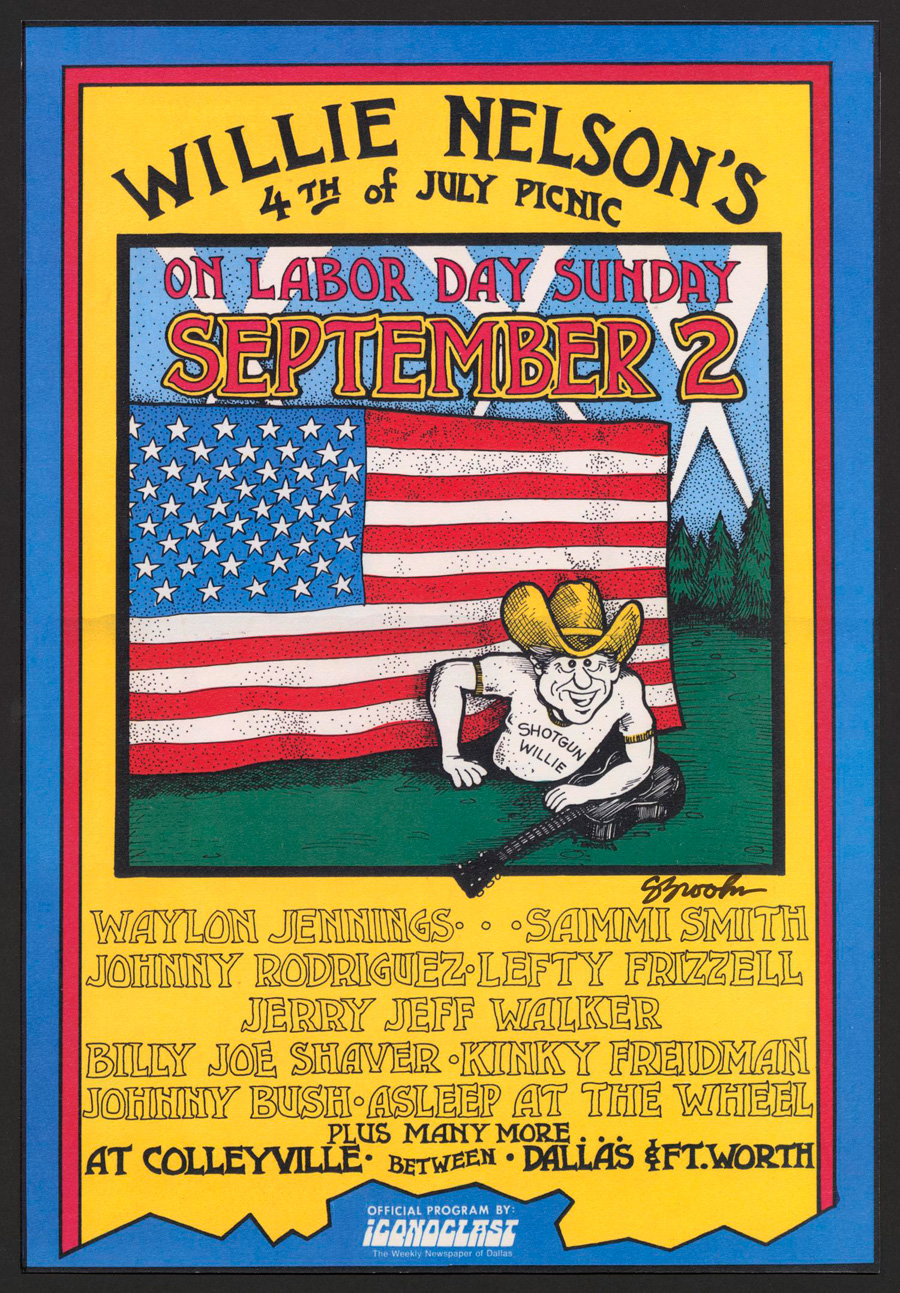
"I was always doodling," he says. "In fact, I got a report card that said 'wasting time and material' because I was always doodling."
Brooks, who grew up in Dallas, thought he would be an architect like his father, LaVere Brooks, an architect for Primz and Brooks, one of the premier firms in Dallas in the 1950s and 1960s.
Brooks didn't go into that field, but entered North Texas as an art major in 1969. His favorite course was a freehand lettering course from Rudi Fuchs. An advertising course taught him how graphics are incorporated into advertising, such as packaging and point of sales collaterals.
While in college, he landed a job with a Dallas company drawing posters for upcoming bands' performances. He illustrated handbills and posters for Three Dog Night, 10 Years After and Derek and the Dominos, interpreting what the bands looked like from their photos.
One night at 57 Doors, a nightclub in Dallas, he met Paul English, the drummer and business manager for Willie Nelson.
English asked if Brooks could design a T-shirt for Nelson's 1973 Fourth of July Picnic. Brooks, who had previously designed the T-shirt for Nelson's 1973 hometown homecoming concert in Abbott, said yes.
The T-shirts sold out in two hours. The next day, Brooks gave English his cut of the money.
"We became good friends ever since," Brooks says.
Brooks worked for Nelson from 1973 to 1983.
"I have every story imaginable about Willie, some are true, some are not," Brooks says.
He designed the singer's logo, with "Willie Nelson" written in rope. Some of his more famous T-shirts include one with Nelson flying an airplane shaped like his trademark tennis shoes. His favorite T-shirt had "Premium Willie Music" with "Willie" spelled out in smoke.
Brooks worked on his letterhead, matchbooks, notepads and drinking cups. He even designed the art on a teepee for Nelson's Blue Sky Ranch in Colorado, while staying at the ranch's guest house.
When he finished the teepee, he and Nelson talked.
"What do I owe you?" Nelson asked as he pulled hundred dollar bills from his pocket.
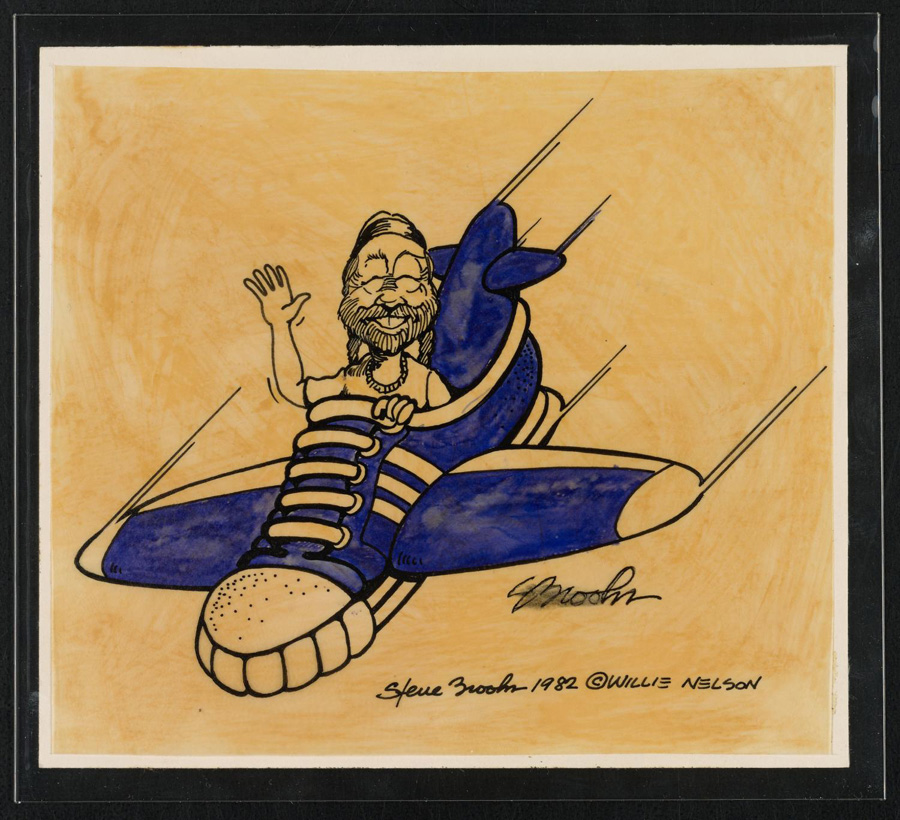
"I didn't want him to stop," Brooks quips. The next week, Brooks was off to Austin to do designs for the production of the movie Honeysuckle Rose.
Brooks also worked on other projects. One of his most frequent customers was the Gas Pipe, the smoke shop he's worked for since the 1970s. He also drew for the underground newspaper The Iconoclast and Buddy magazine, a Texas music magazine that's been around since 1973.
When he saw his work displayed at the CoLab, it brought a flood of memories -- including the amount of time it took. He remembers one poster for a concert at Love Field was labor intensive because all the color was hand cut on rubylith masking film.
During a presentation about his work, Brooks didn't hesitate when an audience member asked him: "You feel like you never worked?"
"Never," Brooks says.



